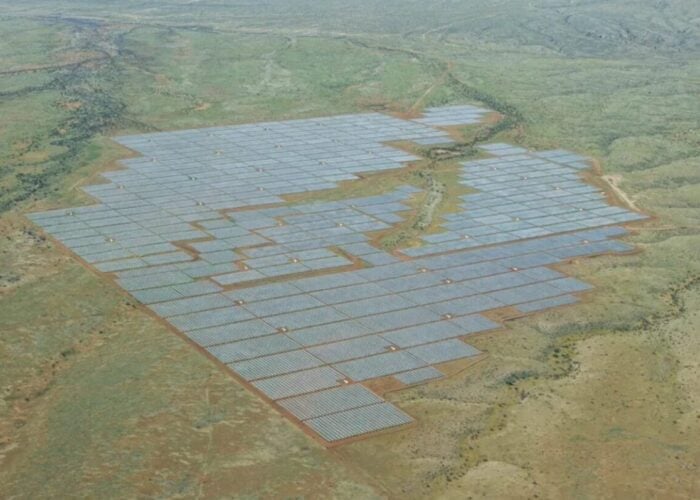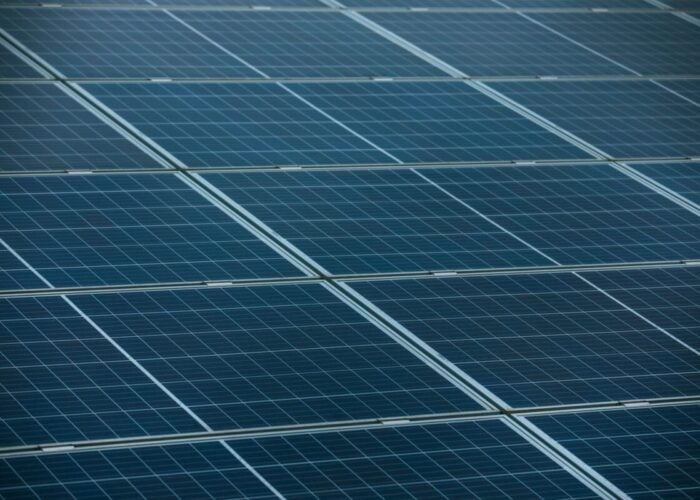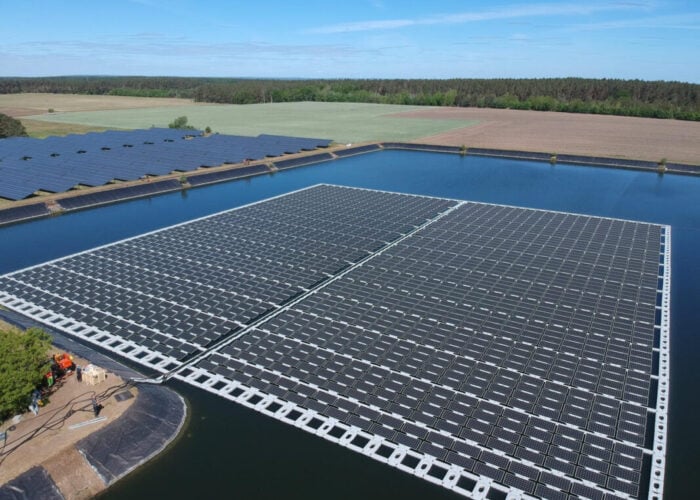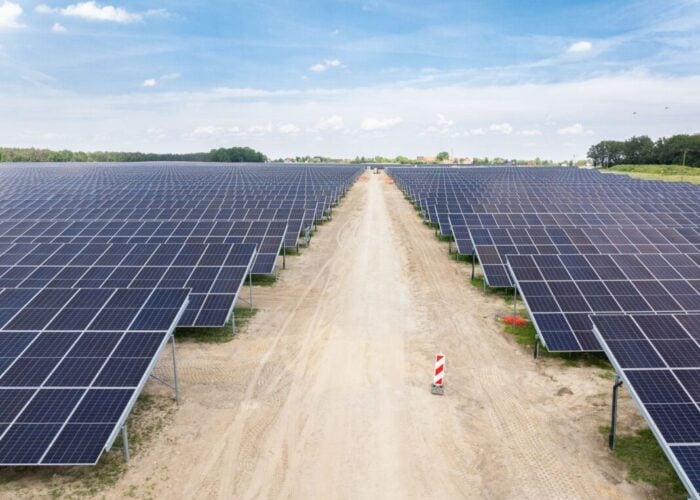The U.S. National Renewable Energy Laboratory has adopted Synopsys’ Sentaurus TCAD package for simulating solar cell characteristics to improve performance.
The simulations provide NREL scientists with valuable insight into the physical mechanisms that drive solar cell performance, thereby supporting the development of more efficient solar cell designs. The simulations include the definition of the solar radiation incident on the cell, its reflection and transmission through antireflective coatings and surface texturing, and the absorption of the light and conversion to electrical current within semiconductor regions of the cell.
Unlock unlimited access for 12 whole months of distinctive global analysis
Photovoltaics International is now included.
- Regular insight and analysis of the industry’s biggest developments
- In-depth interviews with the industry’s leading figures
- Unlimited digital access to the PV Tech Power journal catalogue
- Unlimited digital access to the Photovoltaics International journal catalogue
- Access to more than 1,000 technical papers
- Discounts on Solar Media’s portfolio of events, in-person and virtual
“Solar cells are very complex, with many material layers and design trade-offs affecting major performance metrics such as efficiency,” said Dean Levi, a principal scientist at NREL. “We view simulation as an important tool to understand the internal physics of our designs and to point toward ways to improve them.”
NREL recently implemented Sentaurus to create polycrystalline thin-film CIGS, CdTe, and silicon solar cell models. These models have illustrated how material properties, grain boundaries, nonuniformity, and interdigitated designs affect both device performance and characterization.
“The photovoltaic industry is experiencing tremendous growth and continues to drive toward higher efficiency and innovative solar cell designs,” said Howard Ko, GM/senior VP of the silicon engineering group at Synopsys. “Our Sentaurus TCAD tools offer many capabilities to simulate solar cell operation and performance characteristics to guide design improvements. Having NREL as a user of our tools enables us to better understand the challenges and new directions of the fast-changing photovoltaic field.”
Earlier this year Synopsys said it had established a relationship with the Solar Energy Research Institute of Singapore, its first public disclosure of a customer in this arena.






